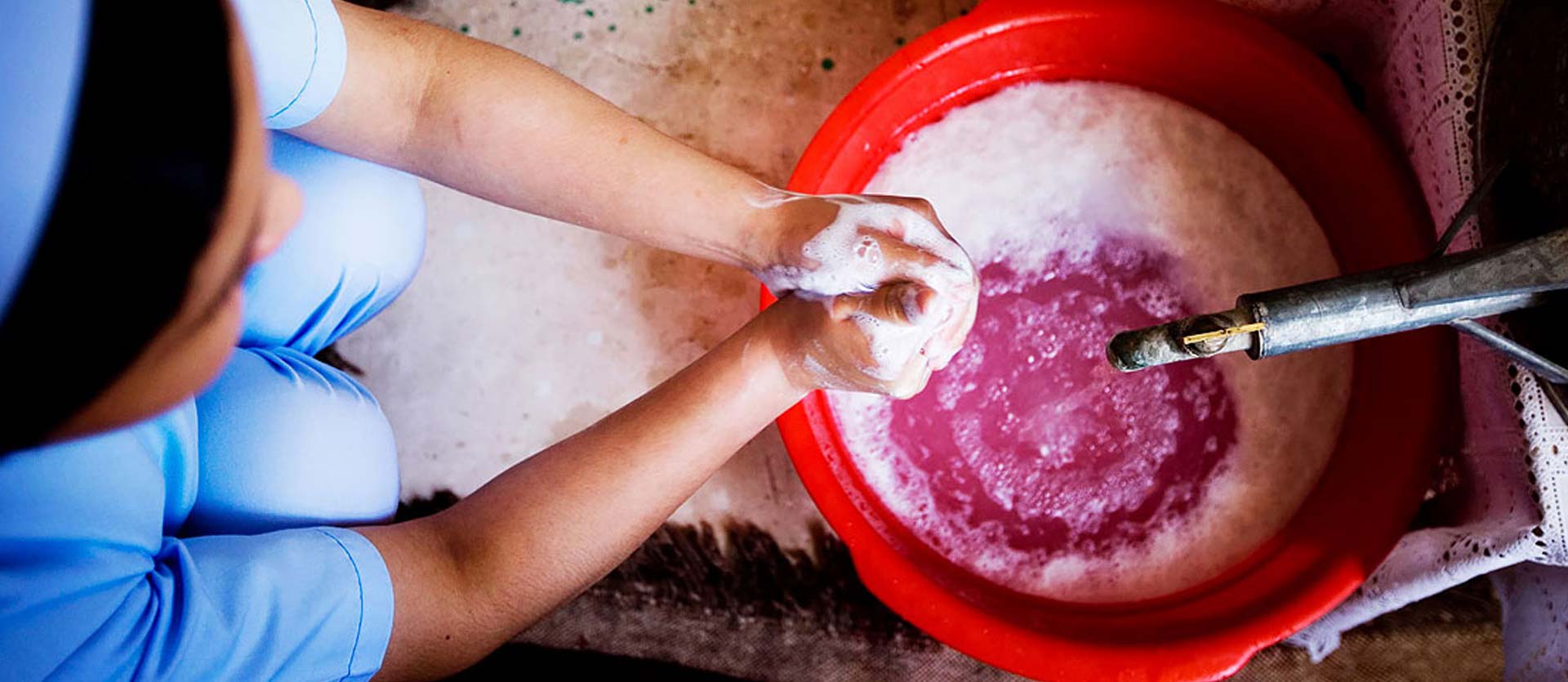![]()
Water, Sanitation and Hygiene (WASH)
Handwashing is the single most cost-effective intervention to prevent pneumonia and diarrhea in children, and reduces infections in mothers and children during pregnancy and childbirth. Both A Promise Renewed and the Integrated Global Action Plan for the Prevention and Control for Pneumonia and Diarrhoea (GAPPD) list handwashing and other hygiene behaviors as core interventions for protecting children from these leading causes of death.
Adequate WASH conditions and practices are a cornerstone to providing high-quality health care services. In low- and middle-income countries, 50% of health care facilities (HCFs) lack piped water, 33% lack improved sanitation, 39% lack handwashing soap, 39% lack adequate infectious waste disposal, and 73% lack sterilization equipment. In nationally representative data from six countries, only 2% of HCFs provide all water, sanitation, hygiene and waste management services. As a result, an estimated 16% of patients acquire a health care associated infection during their stay at a health facility. Sepsis and other infections account for a growing proportion of maternal (11%) and neonatal deaths (22%). With the growing number of deliveries taking place in HCFs, WASH conditions and practices within facilities must be improved in order to achieve national and global Sustainable Development Goal targets.
MCSP’s WASH activities worked across the continuum of care and at all levels of the health system through nontraditional messaging models that reflect country-specific behaviors and social norms. The Program also employed counseling, demonstration and practice at all stages of the maternal, newborn and child health continuum of care. Examples include: instructions on the construction of handwashing stations, such as tippy taps; development of handwashing corners; and household-level demonstrations of water treatment, safe water storage, and treatment methods.
Through the Clean Clinic Approach, MCSP worked to strengthen management systems to improve WASH conditions and practices in HCFs and provide high-quality care to patients.

